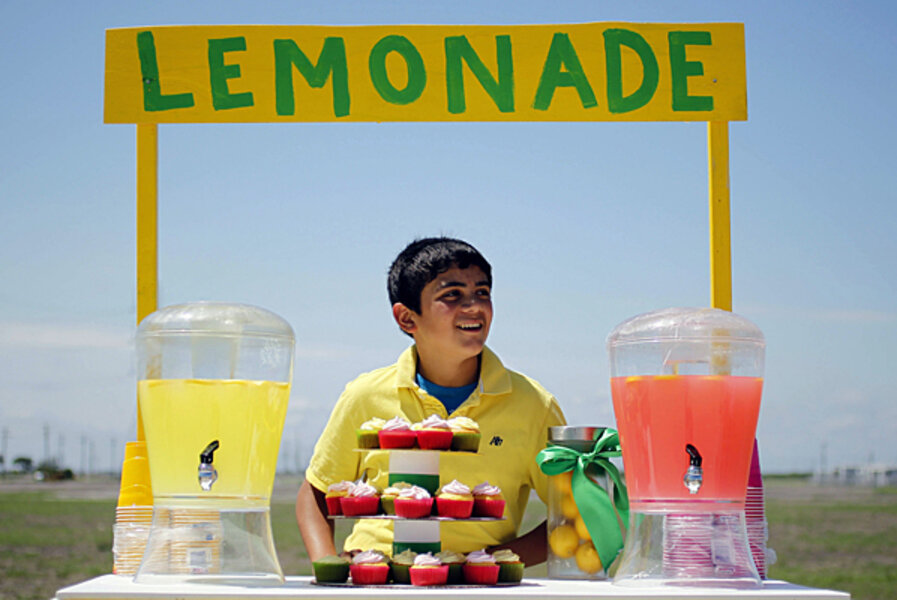Teach kids personal finance through experience: six tips
Loading...
One of the most powerful things I’ve learned over the last few years is that older children and teenagers often learn the most powerful life lessons from experiences they can directly relate to.
The problem is that personal finance isn’t often directly relatable to their life. Quite often, parents and teachers rely on lectures and discussions to get the ideas across, but experiences are the things that many older children and teenagers really connect with. You can tell them about personal finance all day long, but without some experience, it often won’t sink in.
Here are some actual experiences your older children and teenagers can engage in to learn some of the basics of personal finance. I’ve been collecting these activities myself in order to help educate my children in personal finance literacy as they grow older.
Give an allowance each week. You can start this effectively with children as young as four. We give our children an allowance of a rate of $0.50 per week per year. So, a seven year old gets $3.50 per week. Out of that allowance, they must donate at least 20% of it, they must invest at least 20% of it, and they must save at least 20% of it for a future goal, rounded up to the nearest quarter.
This teaches them both the basic structure of budgeting and the benefit of saving money over time. They’ll learn that structuring what they do with their income is a completely normal thing and segmenting their money means that they’ll always have enough for what they need.
Lend them money with interest attached. If your child really wants something, lend them the rest of the money with 20% interest attached, and make the payments come out of their allowance each week. “I’ll loan you the $20 you need for that game, son, but I’ll charge you 20% interest on that and you have to pay me $1 a week until it’s all paid off.”
If they go for it, take that $0.50 each week out of their allowance and remind them each time how much they’ve repaid you. When they reach week 20 and they’ve now repaid the full amount and you’re still taking a dollar a week for the next month to pay off an item that they’ve probably forgotten about, it’ll hit home.
Take your children to a few tax auctions. Explain to them that all of the stuff on sale there came from people who were unable to pay their bills because they spent too much money.
The lesson here is that there are real consequences to taking on debt. If you fall into too much debt, you not only lose all of the money you paid into that debt, you lose the things you bought with that money, too. Personal debt is a dangerous game to play.
Tell them that they have $X to spend this week and they have to figure out what to buy for groceries. If you want, you can actually let them carry forward with this plan from beginning to end. They have to figure out how to spend that money to cover all 21 family meals for the week. How will they stretch those dollars? What does the meal plan look like?
Don’t be afraid to let your older child attempt this, carry it all the way through, and find that it’s a lot harder than they thought it would be. In fact, it’s okay to let it end in miserable failure. Only swoop in when you have to in order to make sure there are actually functional meals on the table.
Encourage them to spend the summer launching a small business. It can be anything they want, from starting a Youtube channel to running a vegetable garden to sell the products at a farmers’ market. Help them work out the costs and give them an out-of-pocket business loan to get started.
The goal here is for them to connect their personal efforts to financial and personal rewards. The harder they work, the greater the financial reward, but the greater the pride in the work they’ve produced as well. Any entrepreneurial effort is loaded with potential lessons for an older child or a teenager.
These activities require time, effort, and patience from the parent, but they provide experiences that make the realities of personal finance far more accessible to children. If you want your child to learn these kinds of lessons, get them involved in these kinds of experiences.








